
Have you ever thought about the things you love, and how they were made? Have you ever thought about how those things changed you as a person? I’m very much a fan of the fighting game genre. If you’re a regular on my blog you probably know that. If you are new here then welcome! My name is Noe aka BigMex, and I believe that playing fighting games, writing about them, doing the occasional podcast, and even drawing them has made me a better person. I love sharing my takes on the genre, and I hope you like them too. This year I went back through the things that I loved as I cleaned up the apartment I live in, and brought in some of the items I had been sitting on for decades.
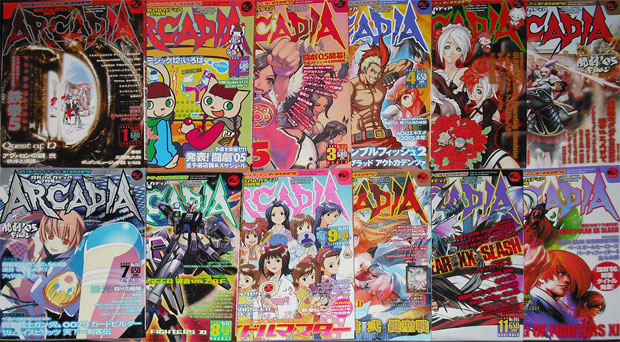
Gaming magazines, and books from Japan, comics from Hong Kong, and even rare sneakers had been moved from my leaky garage into my makeshift library in the hallway cabinet. One of the things that I used to enjoy doing was drawing in my sketchbook. I hadn’t done that in a long while. In fact, I don’t think I’ve drawn using pencil, or pen in more than a year. However I have still done art by using Adobe Illustrator for multiple projects in that time. There’s a reason I don’t sketch too much. That’s because I’m very hard on myself as an artist. If the drawing doesn’t come out the way I imagine it in my head then I get disappointed in myself, and I want to draw even less. The other thing is that I do not draw random things in my sketchbooks. I focus on something, and try to create finished pieces on every page. Sometimes monster trucks, or race cars, or wrestlers. One of my favorite subjects is basketball, and especially streetball, sometimes called playground basketball.
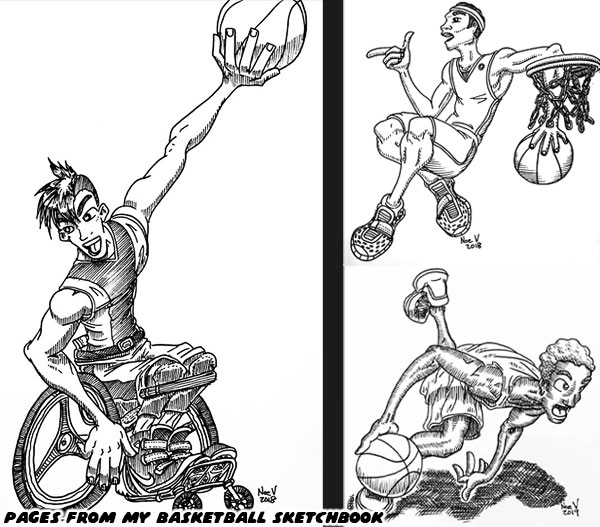
I’ve filled hundreds of pages of basketball art across several thick sketchbooks over the past 25+ years. Doing this had actually forced me to learn anatomy, proportion, color theory, and even fashion. Being a mediocre basketball artist, eventually made me a halfway decent illustrator. When I want to get good at drawing a subject then I study it extensively. To get good at drawing monster trucks I would pour over pictures in some of the oldest magazines in my collection. Then I would try creating trucks that were an amalgamation of the things I liked in classic, and modern trucks. That was one approach that worked for me, but when drawing people I would look at the work of my artistic heroes. I would try to get in their head space, and ask myself how would they draw this?
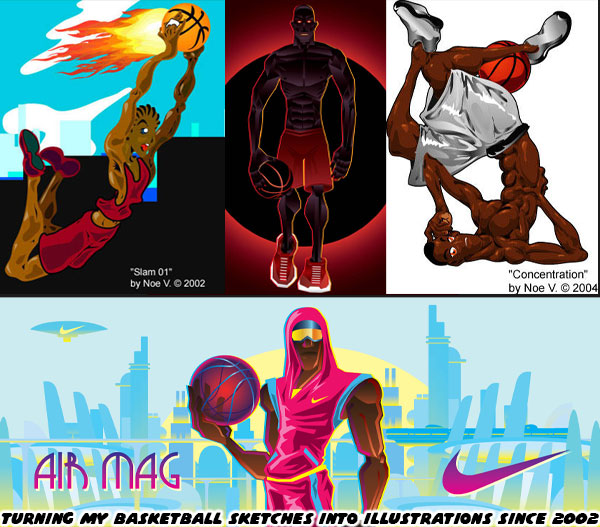
For example if I want to draw the Incredible Hulk I would look at the art of Dale Keown, who drew on the books in the early ‘90s, and still does the occasional cover. I consider him to be the best Hulk artist of all time, with people like Arthur Adams, and Ed McGuinness coming in very closely behind. Mr. Keown’s eye for scale, and power was awe-inspiring. When I want to draw a fighting game character then I think of Bengus, one of the senior designers at Capcom. He was, and remains one of the greatest gaming artists that has ever lived. When I want to draw skateboarders I look at the designs of Vernon Courtlandt Johnson, the artist that designed the iconic graphics for Powell Peralta. When it came to basketball art there was Kadir Nelson. He was the G.O.A.T. of lanky, but athletic figures in his paintings.
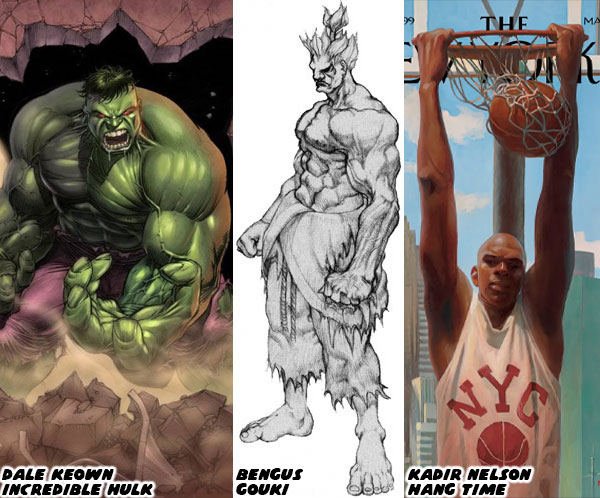
I wrote about Vernon Coutlandt Johnson, and Kadir Nelson previously.
I do my best to channel those artists when I draw. I feel sorry for people that use AI prompts to create pieces, they will never know how it feels to develop their own style. The thing about my basketball art was that all of my other influences would creep into the piece, and end up shaping my style. A basketball sketch might include the proportions of Bengus, mixed with the rock solid musculature of Keown, plus the cartoonish lines of
Steve Nazar. When I would recreate my sketch in Adobe Illustrator, and add color then the pieces would really pop. Of the hundreds of pages of sketches, there were over 70 that I felt were good enough for me to redo in Illustrator. I eventually printed a massive seven foot long poster with my best work. I would use this poster to advertise my art.
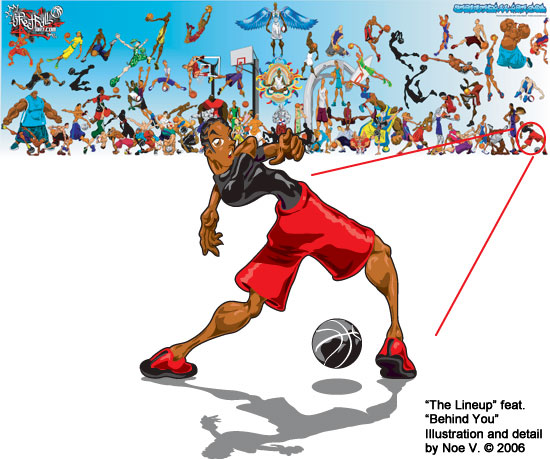
In the early 2000’s I got well known by the streetball community for my pieces. The image below was based on a poster I designed and took to the AND 1 Mixtape Tour 2003. A photograph of the poster appeared on the 2003 AND 1 Mixtape Tour photo gallery. The actual player, Philip "Hot Sauce" Champion liked the poster so much he commissioned me to design a poster and other related items for his 2004 and 2005 Killer Crossover Tour, featuring the Legends of the Blacktop. Around this time the people at AND 1 reached out to me to see about creating art for their tee shirts.
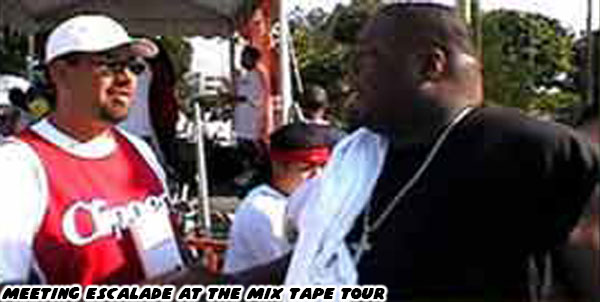
I remember getting the call while I was working at the college computer lab. They wanted to send me shoes, and clothing, hoping to win my favor. I was eager to work with them, as the Mixtape Tour was the hottest thing happening in basketball at the time. Plus they were taking creative chances that were ahead of anything Nike was working on. This fell through however. When I spoke to one of their art directors on the phone they said they absolutely loved my style, and wanted to see about getting my art on tees. I asked about compensation, and if artists got royalties. He mentioned that they wanted to buy the rights to all the characters I created in perpetuity.
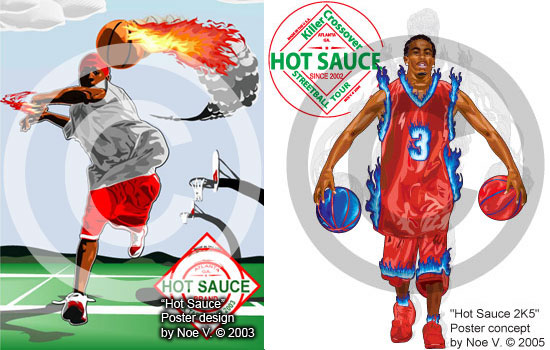
I declined selling my characters to the company, especially as I was just getting started as an illustrator. These would be drawings that I’d like to have in my portfolio, or perhaps put on my own tees. The person I was speaking with actually got mad at me, somehow feeling disrespected. He asked if I had any idea how many professional artists were knocking down their door wanting to work with them. I said I had no idea, but I didn’t appreciate the tactics they were using. I reminded them that they called me, I didn’t call them. It was the Mixtape Tour players that wanted me to design for the company. It would be an honor to work there, but not if it meant that every basketball drawing I ever did from that point forward belonged to them. Needless to say they never called back, and I never got a box of free products. Although history could have been different for me as an illustrator I’m glad I stuck to my guns.
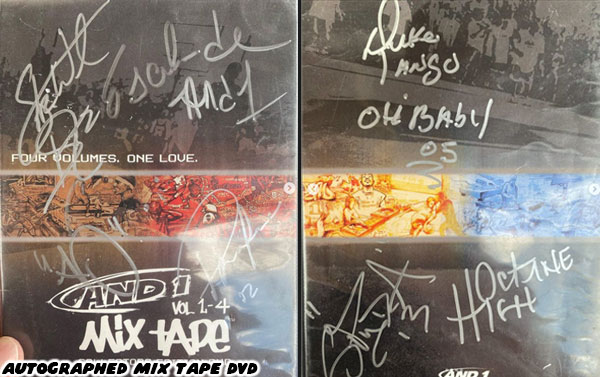
I still got to design some tour posters, as well as art for other independent streetball tournaments. I still managed to work with some of my streetball heroes. I had interactions that fans would have killed for. Best of all I got a few memories that I would cherish for the rest of my days. Artists were often expected to make all sorts of concessions when looking for work. This was especially true with the rise of AI art. I was grateful that I was working for a college at the time, and didn’t need to sell my characters to make ends meet. I understood that it was okay for an artist to turn down work, even with a high profile client. I learned this lesson from Michael Lau, the “Godfather of “Urban Vinyl,”
I shared a write-up on Michael Lau not too long ago. Although the specific person in the story was never named it was rumored that a Nike Executive asked Michael if he could buy one of his original gardener figures. This person did not want one of his smaller figures normally sold in the gallery, or even one of the original figures that Michael sold at the CSBooth Toy Fair before he became famous.
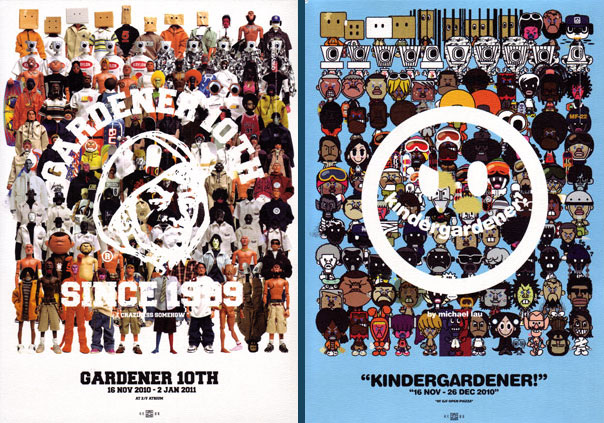
I would speculate that the person that asked was Nike founder, and former CEO Phil Knight, or one of his proxies. The reason why I think it was him was because Mr. Knight’s son was Travis Knight, the former animator and now CEO of Laika studio. Phil Knight supported his son when he tried his hand at rapping, and then animation. He bought out
Will Vinton Studios, and put his son on the board. Based on his artistic leanings I think Phil was trying to score something rare for his kid. That was just my speculation. The thing was that Lau did say he had turned down multiple requests from very rich, and powerful people to buy the gardeners. He viewed them as his children. It would be a hole in his heart, not to mention in the presentation if one of his original creations was missing from future exhibitions. That was why I knew I shouldn’t sell the rights to my basketball art. Even if I never became a famous artist, at least I would still legally own my own creations.
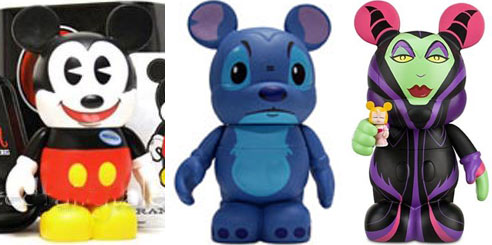
Mr. Lau helped start an art movement almost 30 years ago. It was picked up by companies like Funko, and Disney in the west, but they didn’t quite understand the format. They thought the trend was something that could be sold on the mass market without any organic growth. As such the pricey limited run figures didn’t quite hit with the general public. They didn’t understand the appeal of these squat figures. Not that it mattered because Michael’s influence was still rippling through the creative community. I’ll try to connect the dots between urban vinyl art, collectors, and the culture in the next blog. For now I’d like to hear your story. Do you write, draw, sing, paint, dance, or do some other creative work? Would you ever sell your work to a massive company if you could? Tell me your takes it in the comments section. As always if you would like to sponsor me
please visit my Patreon page and consider donating each month, even as little as $1 would help make better blogs and even podcasts!






















No comments:
Post a Comment